The classical Mandelbrot set is the collection of complex numbers c for which zn does not diverge to infinity in the recurrence
Based on Costas Simeonidis’s GPL‑licensed Mandelbrot viewer, we modified the code and added animation. Although interior points are normally black, we color them here according to their complex value.
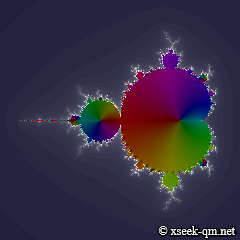
Drag to draw a rectangle and zoom in on that region. The iteration count (recursion depth) defaults to 16. Click [Start] to animate by gradually increasing the iteration count and watch the set form step by step.
Zooming near the origin yields the image below.
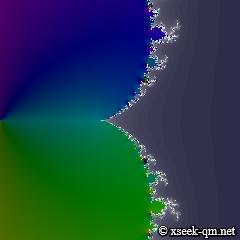
The spiral structure can be viewed here.
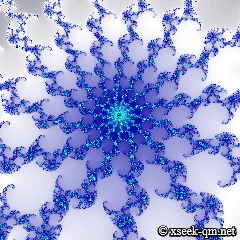
An animation zooms smoothly from the full view down to this spiral.
Replacing the quadratic map with an exponential still yields a Mandelbrot‑like set:
See the result here.

The default iteration count is 4. Press [Start] to animate as the count increases.
A magnified view around the origin:
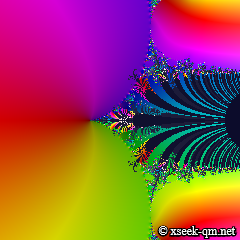
View the spiral region here (rendering may take time):
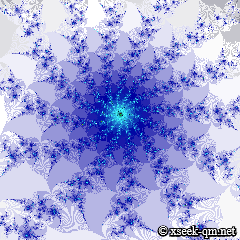
The Riemann zeta function is defined by the series
$$ \zeta(s)=\frac{1}{1^s}+\frac{1}{2^s}+\frac{1}{3^s}+\cdots $$Its graph can be explored here.
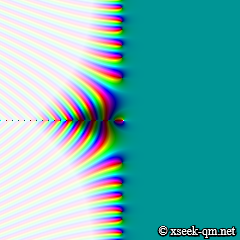
Rendering uses HTML Canvas and Web Workers. The term count truncates the series and starts at 16. Click [Start] to animate while increasing the term count and watch zeros appear.
Replacing F(z) with the zeta function also produces a Mandelbrot‑type set:
The complete view is here.
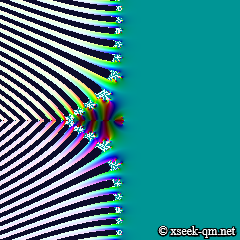
Use the [Start] buttons for iterations or terms to animate each parameter separately.
This set was introduced in 1998 by Wuon at Cambridge University (arXiv link).
A zoom near the first non‑trivial zeros (may be slow):
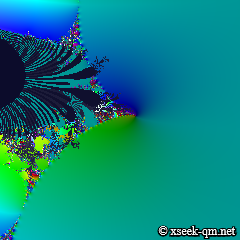
See the spiral here (rendering is very slow):

A flower‑like structure emerges.
Despite differing maps, the various Mandelbrot sets share remarkably similar patterns.
| F(z) | z2 | ez | ζ(z) |
|---|---|---|---|
| Full View |  |
 |
 |
| Near Origin/ Zeros |
 |
 |
 |
| Spiral |  |
 |
 |
Possible reasons for the resemblance:
Each point of a Mandelbrot set either converges or diverges to infinity. Likewise, the universe either expands forever or eventually collapses. Perhaps each point corresponds to a distinct universe.
Because the naïve series converges slowly, we switch between several formulas as needed:
Accuracy tests for each formula are summarized here:
Accuracy Comparison of the Algorithms
© 2013, xseek-qm.net
広告


